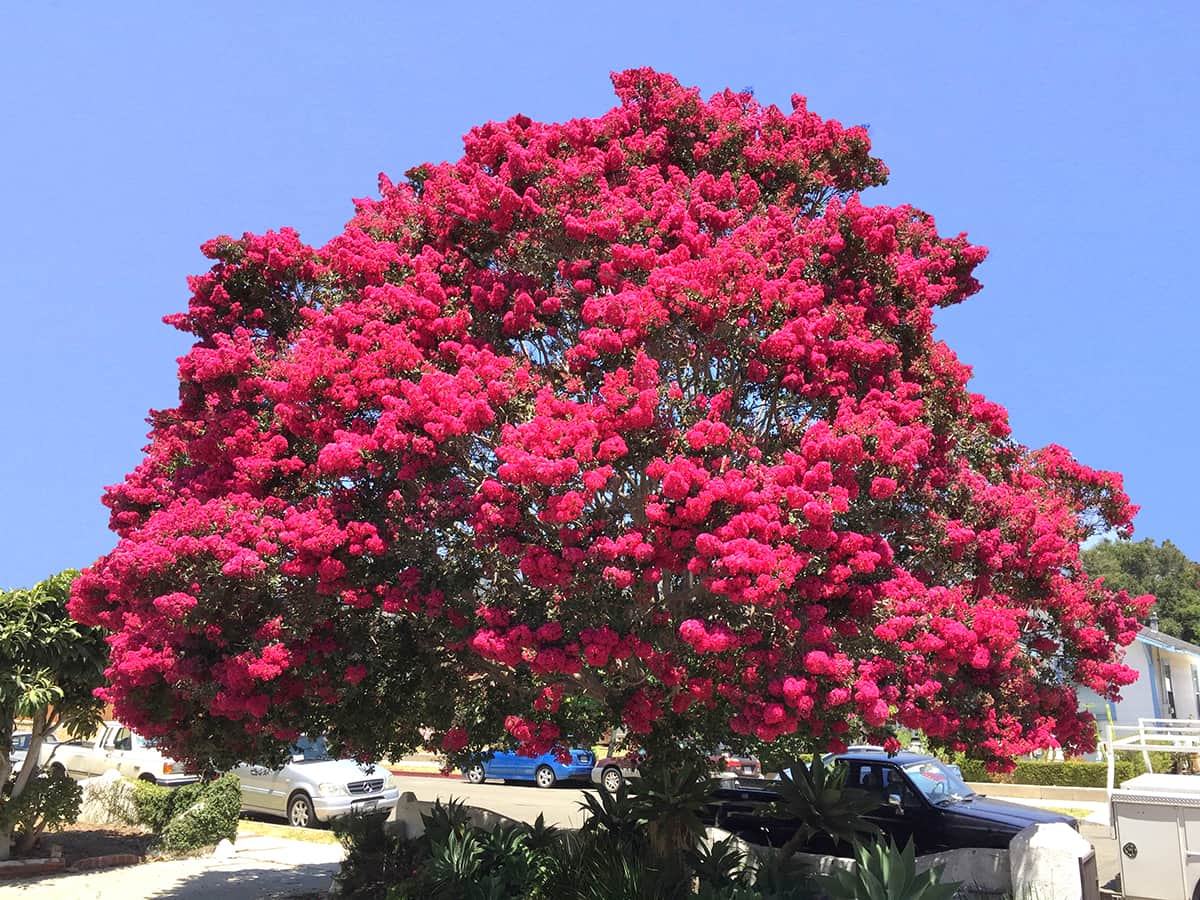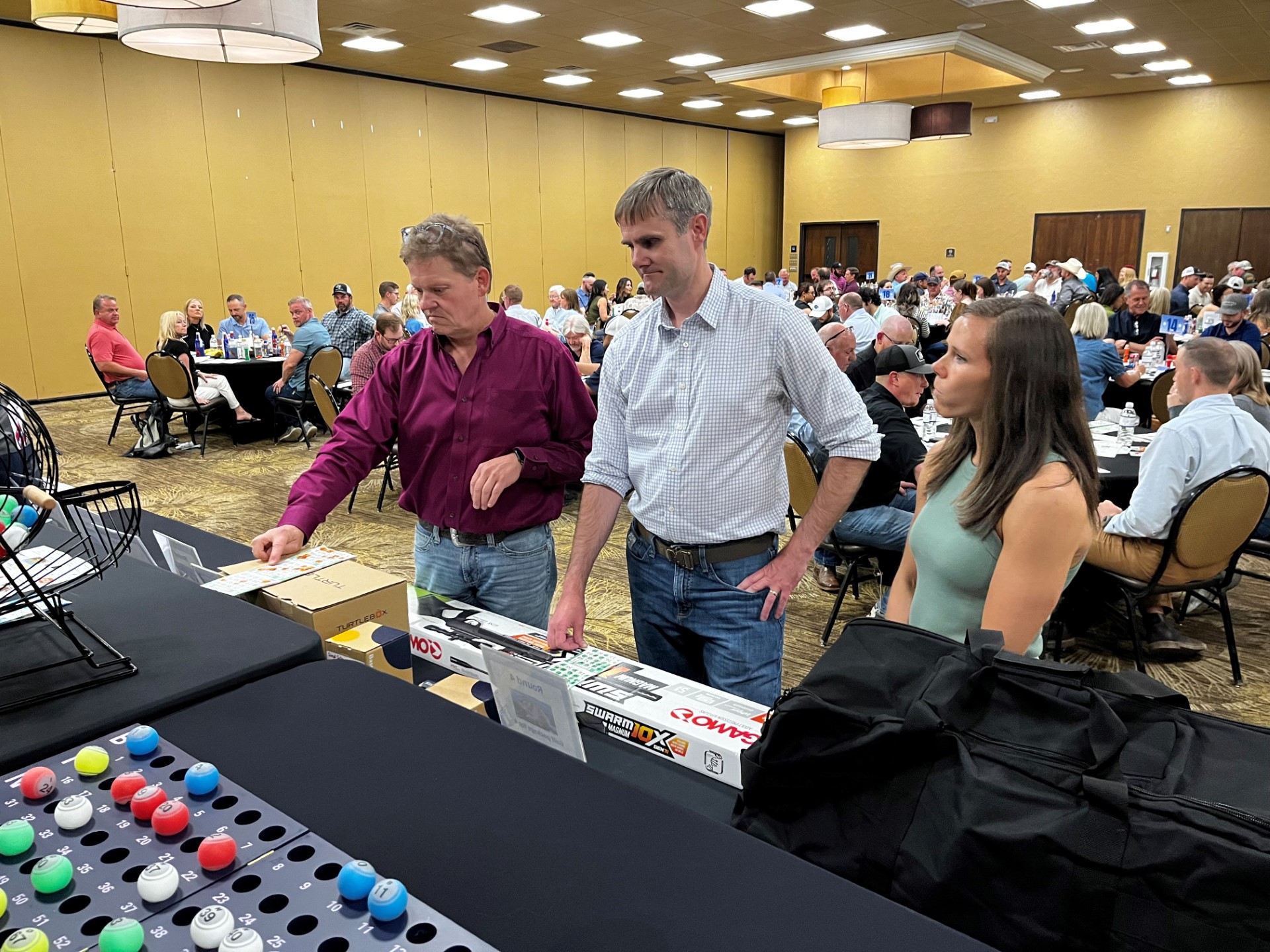Crape Myrtle Rain by Dr. Mario A. Villarino, County Extension Agent for Agriculture and Natural Resources

[adning id=”33097″]

As I was working over the weekend in the backyard, I noticed an early “rain” under my crape myrtles. As I looked more carefully, I realized that the rain was not water but aphid’s honeydew.
[adning id=”33207″]
The problem: Many ornamental plants in Texas landscapes are suitable hosts for aphids, including bedding plants Aphid infestations can build to severe levels very rapidly because these insects reproduce very quickly. If left unchecked, aphids can stunt plant growth, deform and discolor leaves and fruit, or cause galls to form on leaves, stems, and roots. As aphid populations develop, infestation sites become littered with empty “skins” (exoskeletons) that the aphids shed during molting. Some species also produce large amounts of white waxy filaments that cover their bodies and litter infested plant parts. Many aphid species secrete a sticky substance called “honeydew,” which is similar to sugar water. This energy-rich secretion falls on leaves and other objects below the infestation.
A fungus called “sooty mold” (Capnodium spp.) colonizes on honeydew-covered surfaces, causing them to be covered with a black coating. As a result, sunlight is unable to reach the leaf surface, which restricts photosynthesis which produces the plant sugars. Honeydew-covered surfaces, including car exteriors, decks, and sidewalks, become sticky and blackened with sooty mold. Honeydew also attracts ants, flies, and other insects. The solution: Most aphid populations are moderated by natural controls that include environmental stresses (such as high winds, heavy rains, and extreme temperatures) and natural enemies (such as lady beetles, green lacewings, syrphid fly larvae, damsel bugs, braconid and chalcid wasps, and parasitic fungi). In some cases, doing nothing is the best course of action, because populations naturally build up and decline quickly, particularly when high numbers of natural enemies are present. However, any aphid may be considered a potential pest when conditions are favorable for reproduction and disease transmission.
The reproduction rate of aphids depends upon food quality, host plant species, moisture, and temperature. Good horticultural and agronomic cultural methods can help discourage aphid outbreaks. When control is necessary, using biological, non-chemical, and least-toxic methods of aphid suppression is encouraged. Dislodging the aphids by spraying the host plants with water at high pressure may be an ideal way to control them on house plants and in small plantings. Also, some natural enemies can be purchased from commercial insectaries and released to help reduce aphid numbers. For more information on this or any other agricultural topic please contact the Hopkins County Extension Office at 903-885-3443 or email me at m-villarino@tamu.edu.
[adning id=”33207″]












